
The Slow Loris, The Primate With A Surprisingly Deadly Venom
Slow lorises ( Nycticebus spp.) are one of six venomous mammals, and the only known venomous primate. In the wild envenomation occurs mainly during conspecific competition for mates and territory, but may also be used as an application against parasites or for predator defense.
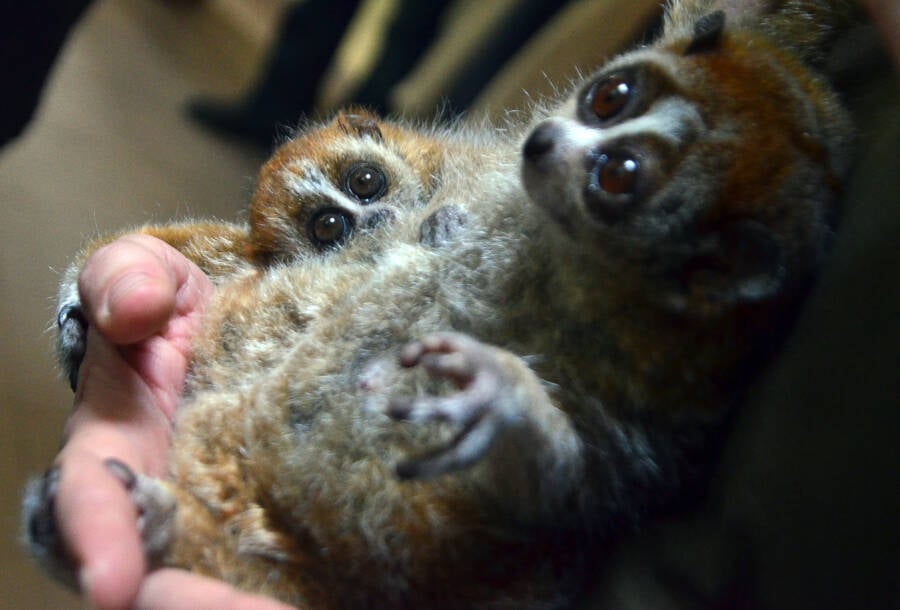
The Slow Loris, The Primate With A Surprisingly Deadly Venom
(02/25/2014) Last week, the musical artist, Lady Gaga, was 'nipped' by the world's only venomous primate, a slow loris, in a misguided attempt to use the animal in a new music video.

Slow loris primate Britannica
Slow Lorises might be primates, but they are more sloth like than monkey like. They have relatively short limbs, a small stub of a tail, and large round eyes. These little primates also have dark patches of fur around their eyes, giving them a mask-like appearance.
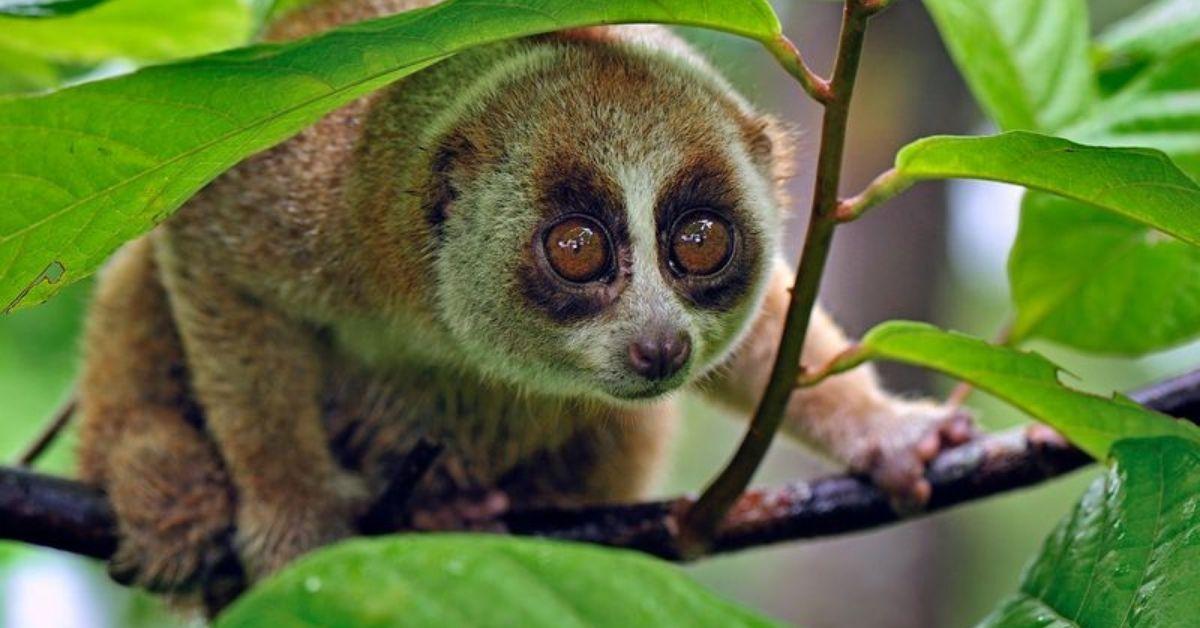
Curious sight, toxic bite The slow loris, a unique Philippine primate
Slow lorises are a group of several species of nocturnal strepsirrhine primates that make up the genus Nycticebus.
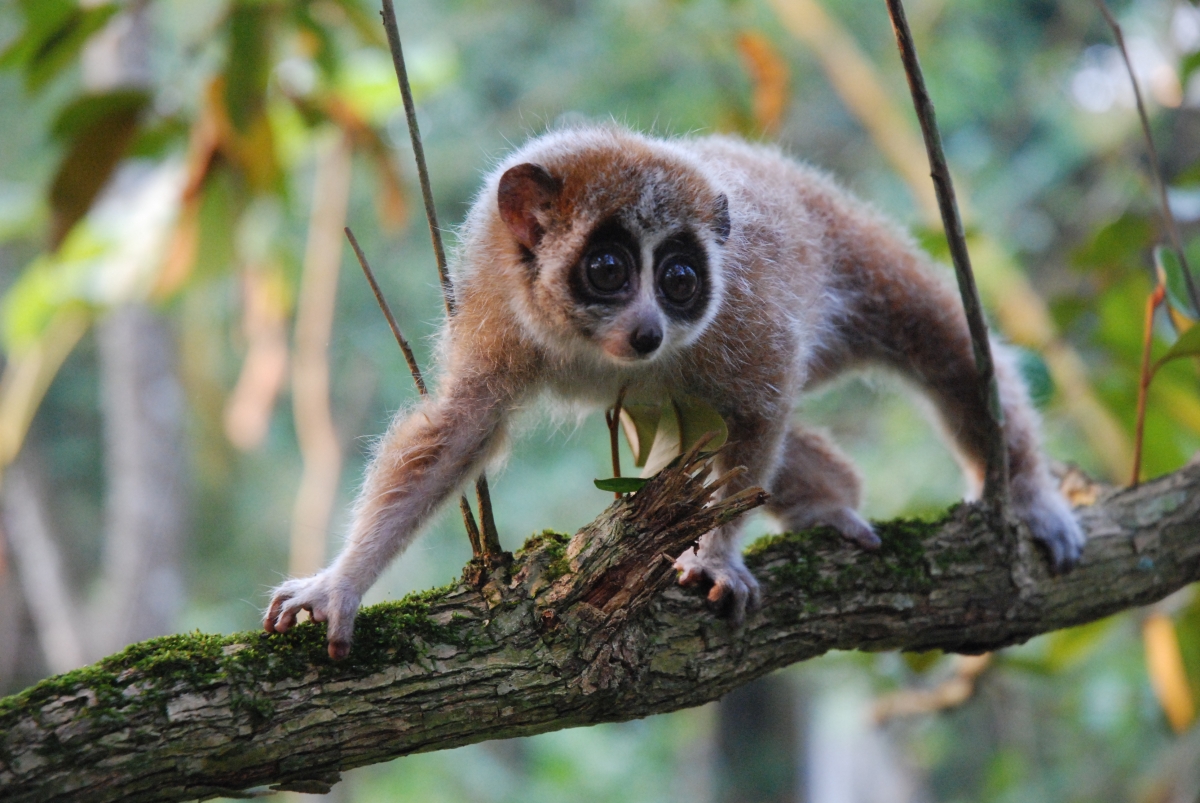
Experts discover pygmy slow loris is first primate outside of
What is a slow loris? Everything you need to know about this cute but venomous primate - BBC Science Focus Magazine

Saving the slow loris
Pygmy slow lorises are the only known venomous primate. Modified sweat glands near their elbows allow pygmy slow lorises to secrete a toxin. When they're alarmed, they can lick these glands, spreading the toxin to their teeth. Their venom can incapacitate predators as large as humans. Pygmy slow lorises sleep curled up in a ball with their.
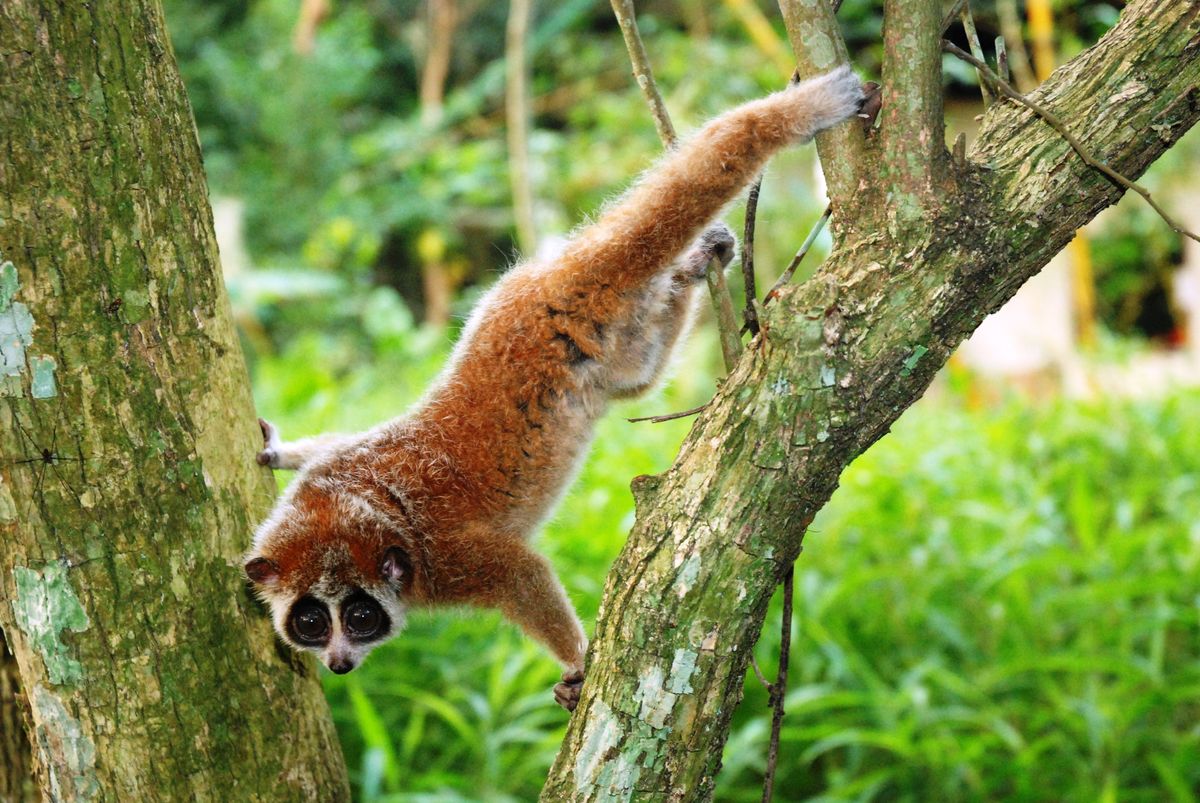
Meet a Hibernating Primate Vietnam's Slow Loris Live Science
The slow loris ( Nycticebus bengalensis) has the face of an adorable stuffed animal, but a toxic bite, a trait that's unique among primates and rarely found among mammals. Duke Lemur Center At first glance, it's easy to believe that the slow loris, a tiny primate with wide, saucer-like eyes is nothing more than a Beanie Boo come to life.

The beautiful Slow Loris on tree with green leaf as background. Slow
As the largest of the slow loris species, the Bengal slow loris is three times the size of the smallest loris, the pygmy slow loris (Nycticebus pygmaeus).Head-to-body length for the Bengal slow loris is 10 to 15 in (26 to 38 cm), and the primate weighs up to 4.4 lb (2 kg).
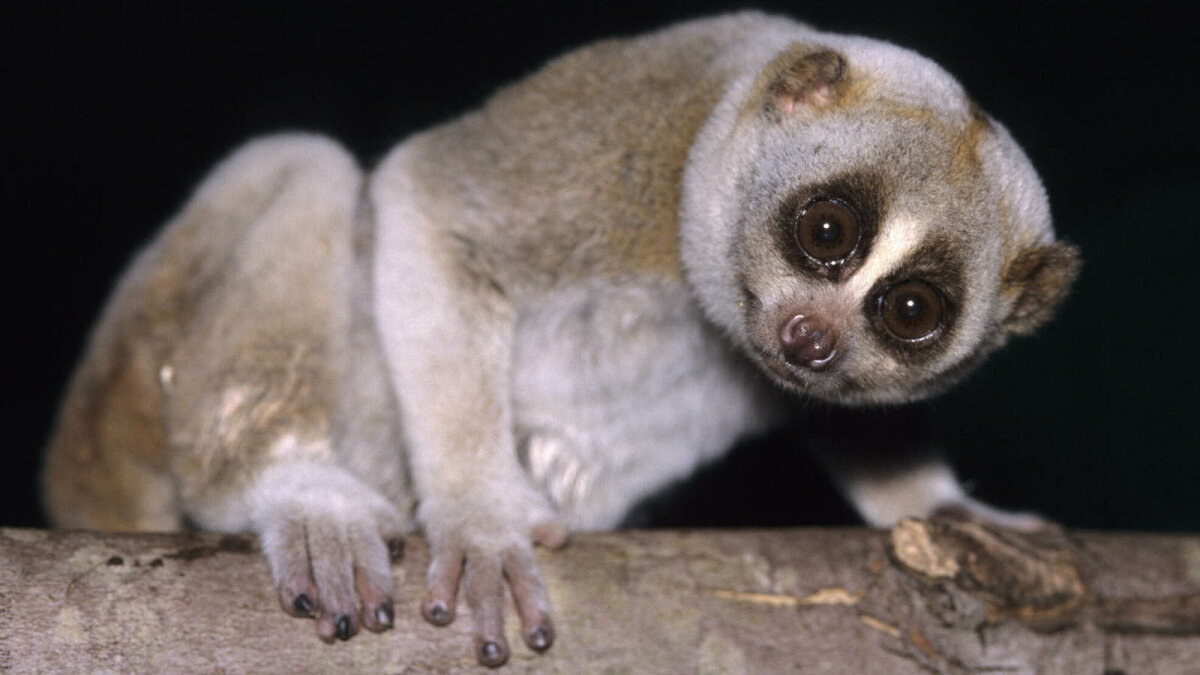
The Slow Loris Is a Cuddlylooking Primate With a Toxic Bite
Andrew Walmsley By Rachel Nuwer Published Oct. 19, 2020 Updated Oct. 29, 2023 With their bright saucer eyes, button noses and plump, fuzzy bodies, slow lorises — a group of small, nocturnal.
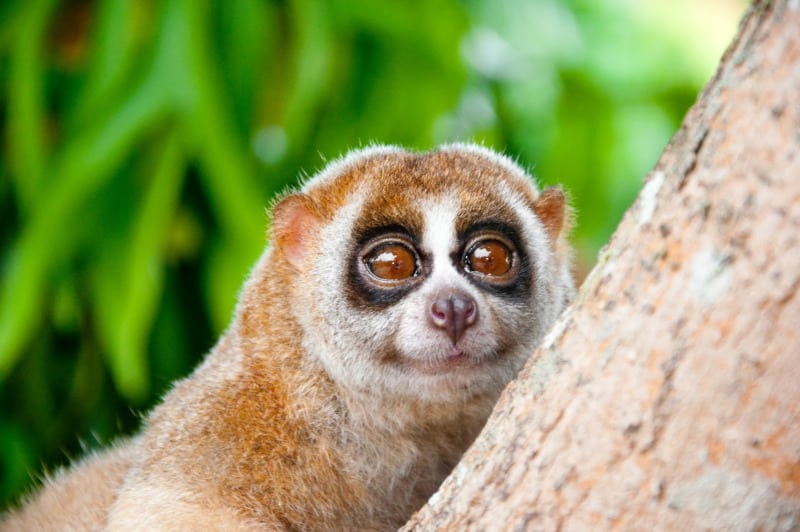
Slow Loris l Startling Primate Our Breathing
The Sunda slow loris, or slow loris (Nycticebus coucang), is classified as an endangered species by the International Union for the Conservation of Nature and Natural Resources. (more)

Super slow loris facts! Nestlé Pure Life
A slow loris is a small primate that comes to life during the night. Additionally, they have large eyes that assist them in finding food. In addition, they travel by slowly moving along the.

Pygmy Slow Loris San Diego Zoo Animals & Plants
Slow loris PIN welcomes primatologists who are working directly with species to send updates for our fact sheets any time, including sources. We also welcome all readers to send updates and sources for consideration: we will check with the experts before adding these updates.
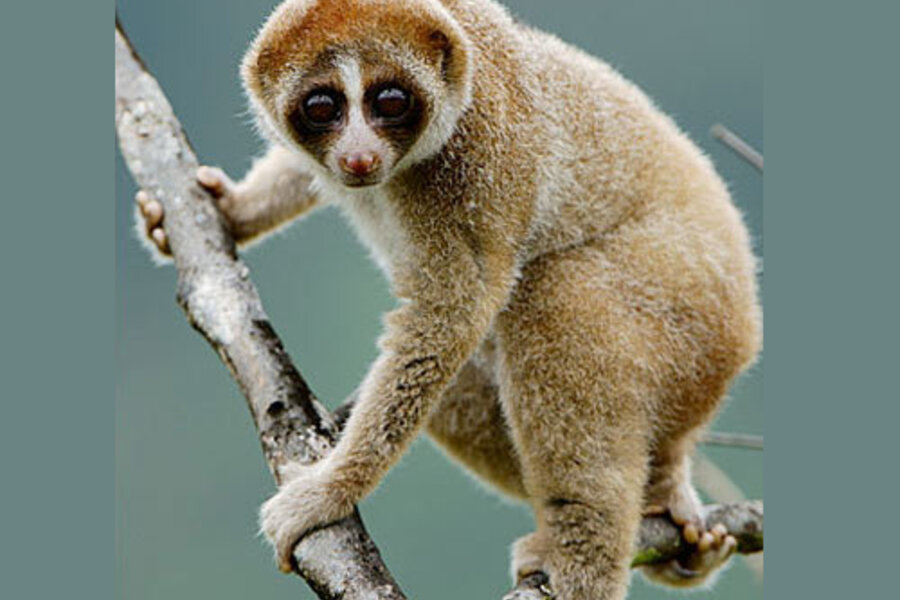
Newly discovered loris may be slow, but its bite is toxic
Size, Weight, and Lifespan. Javan slow lorises are the largest of the Indonesian slow lorises, with an average weight between 1.3 and 1.5 lbs (570-690 g), and a body length of 11 inches (29 cm) on average. Slow lorises have been known to live up to 25 years in captivity, although their average lifespan in the wild is likely closer to 20 years.
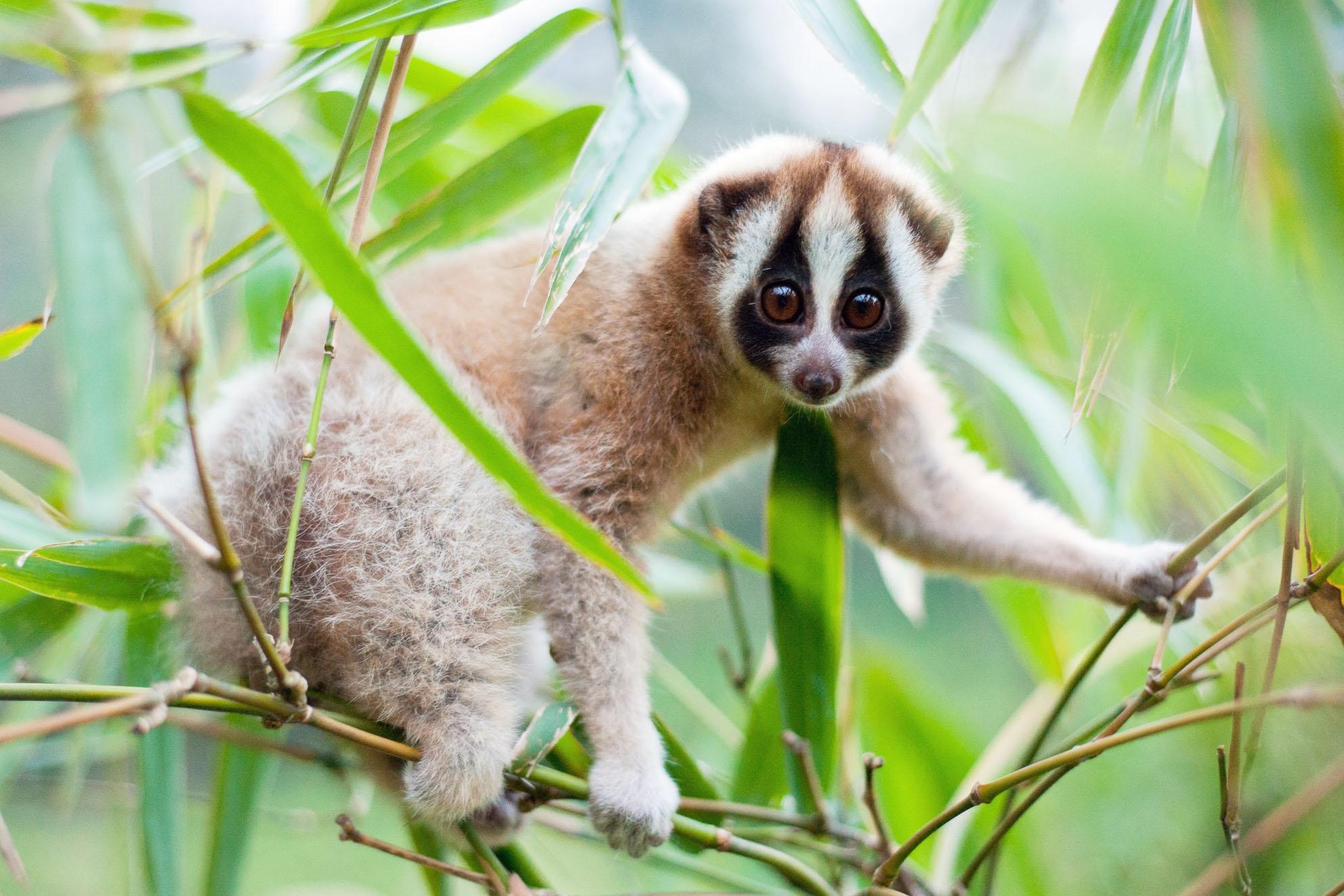
Slow lorises at high risk of illegal trade in Japan, report finds The
Order: Primates Family: Lorisidae Genus: Nycticebus Species: pygmaeus ABOUT One way for a pint-sized primate to avoid predators and competition for resources is to tuck in by day, rolled into a tight ball, and forage for food at night, stretching slowly from branch to branch.

Creatures of the night UB scientists study the lives of slow lorises
A slow loris is arboreal, with limbs uniquely adapted for this lifestyle. Her hands and feet all have opposable digits that enable her to keep a firm grip at all times. Her style of locomotion closely resembles crawling; bringing one hand forward her opposing foot follows. Her pace is slow and her movements methodical.
/cdn.vox-cdn.com/uploads/chorus_image/image/46825560/Slow_Loris.0.0.jpg)
The Verge Review of Animals the slow loris The Verge
Slow lorises—a small group of wide-eyed, nocturnal primates found in the forests of south and southeast Asia—might look adorable, but think twice before snuggling up to one. They may look.